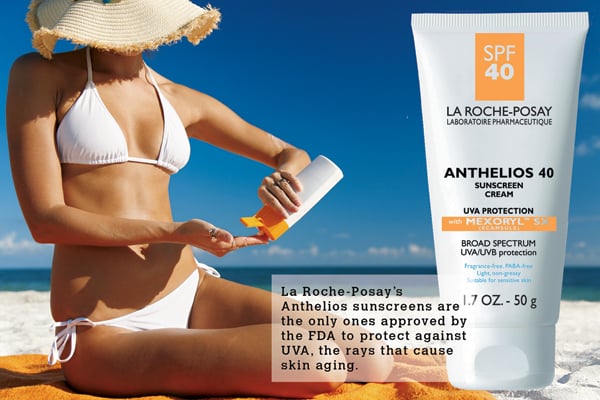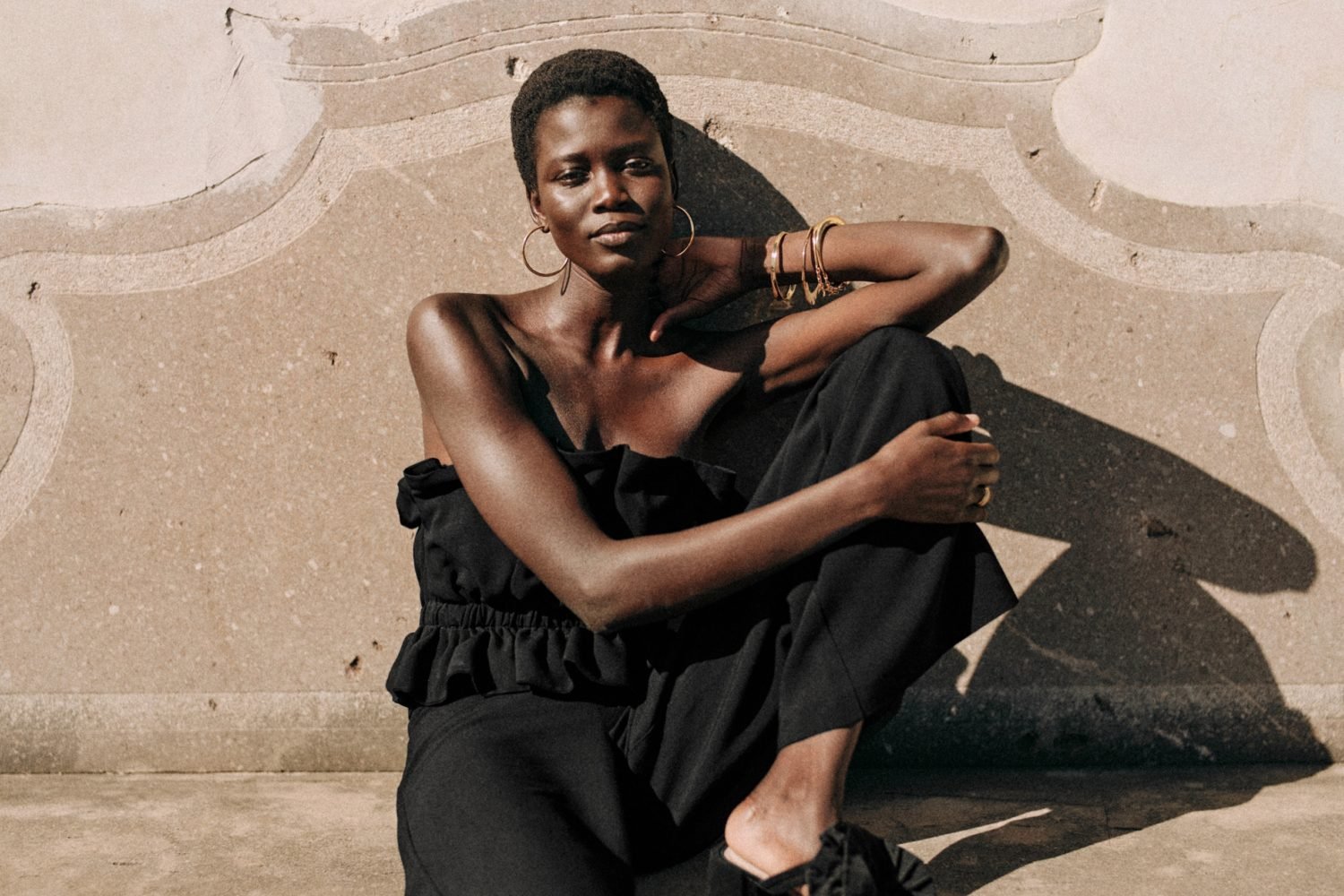The ultimate skin saver is sunscreen, which can help keep wrinkles and sun spots at bay. But, says DC dermatologist Marilyn Berzin, “not all sunscreens are created equal.” Here are tips on choosing and using sunscreen.
Look for broad-spectrum coverage, especially mexoryl. For years, most sunscreens blocked just UVB, which causes burning. SPF refers only to the level of UVB protection; UVA rays are what cause skin aging. Most sunscreens now offer “broad spectrum” coverage for UVA and UVB.
Many dermatologists recommend La Roche-Posay’s Anthelios suncreens with mexoryl, the only ones approved by the FDA for UVA protection. Berzin says mexoryl covers more of the UVA spectrum than do other broad-spectrum options.
Higher SPF is not preferable—La Roche-Posay’s 45 and 60 SPFs do not contain mexoryl, so Berzin sticks to the 40 SPF ($32).
For a chemical-free choice, go with zinc oxide or titanium dioxide. Zinc and titanium blocks are better for sensitive skin. And while most sunscreens lose potency after two hours, mexoryl, zinc, and titanium formulas last longer, says Berzin. Zinc and titanium sunblocks can leave a mask-like residue, so opt for “micronized” versions. A non-chalky block we like is EmerginC SPF 30 ($35).
Outdoors, use waterproof sunblock. La Roche-Posay’s mexoryl sunscreens are good for wearing under makeup. “They’re cosmetically elegant,” says Arlington dermatologist Michelle Rivera. But they’re not waterproof, so they’re not the best choice if you’re outside sweating or swimming. For those times, she suggests Neutrogena’s Helioplex line, which offers twice the coverage of typical sunscreens—up to four hours.
This is no small thing, because skin is exposed to UVA constantly. “UVB rays are strongest between 10 am and 4 pm, but UVA rays are around all the time, including when it’s overcast,” Berzin says.
Whatever sunscreen you choose, use it liberally. One to two shot glasses’ worth for face and body is what doctors recommend—think of it as your summer cocktail. And using both an SPF 15 sunscreen and a moisturizer with SPF 15 doesn’t give you coverage of 30. “Just 15,” Rivera says. “They don’t add up.”
This article appeared in the July 2010 issue of Washingtonian.
Subscribe to Washingtonian
Follow Washingtonian on Twitter
More>> Shop Around Blog | Style | Find a Spa














